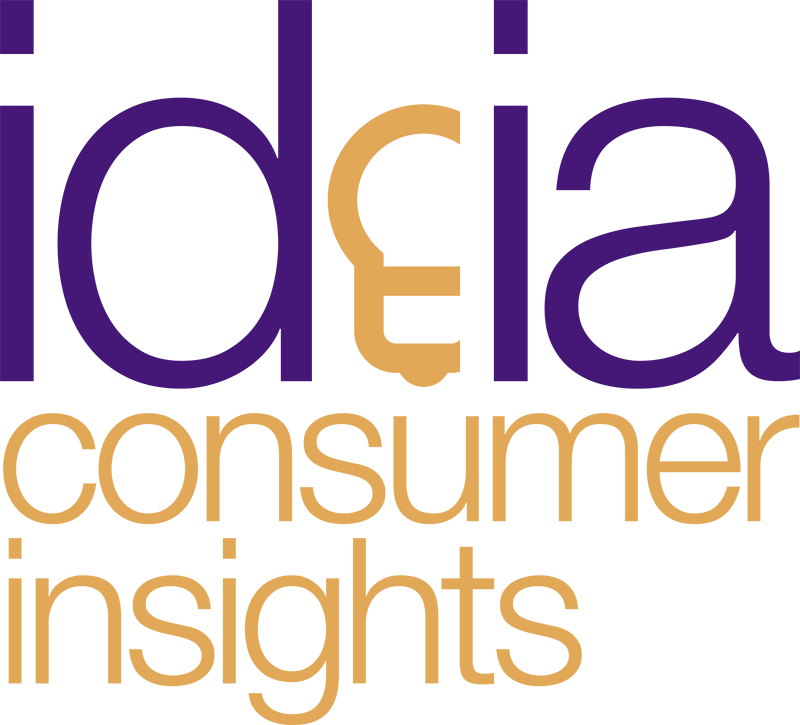In a tech-advanced world where automation tools and frameworks are making life easier for test engineers, it would be normal to assume that manual testing is obsolete. This article will explain everything one should know about manual testing. It will also help readers understand why manual testing can’t be avoided altogether. The key concept of manual testing is to ensure that the application is error free and it is working in conformance to the specified functional requirements. Although it requires an initial investment in automated tools, there are scenarios when it is more cost-effective and efficient in the long term than manual testing.
Unit testing
It validates Quality Assurance Lead job whether the software meets the business requirements and is ready for deployment for customers’ use. Acceptance testing includes functional testing, usability testing, and performance testing. The stages of manual testing include unit testing, integration testing, system testing, user interface (UI) testing, and acceptance testing.
Have you ever had to test an application without proper documentation? If so, how did you approach it?
A QA tester is someone who experiments with software or websites to ensure they run smoothly and meet functional requirements. Their goal is to prevent faulty technology and frustrating user experience (UX) from making their way to the customer. QA testers accomplish this by running a variety of manual and automated tests throughout the software development process. This empowers the development team with the knowledge they need to make product adjustments before it goes to market. We emphasize the importance of the human touch in finding errors, especially for usability testing. Moreover, testers should be proficient in identifying, documenting, and prioritizing defects using defect-tracking tools like JIRA or Bugzilla.
Software Build Process
LambdaTest also lets you perform manual web testing on desktop and mobile environments. For demonstration, let’s look at how to test websites manually on the desktop using the LambdaTest cloud. World’s first end to end software testing agent built on modern LLM to help you plan, author and evolve tests using natural language. It ensures that all functionalities, edge cases, and potential risk areas are adequately tested. A stable and accurate test environment is fundamental to successful manual testing and provides a reliable basis for test execution. Automation testing can be integrated into the early stages of development.
You can also ensure that your degree programme includes some courses specific to quality assurance and testing. Otherwise, you can earn a certification or take a postgraduate course to help you gain the additional skills you’ll need. Manual testing has lower upfront costs but becomes costly over time, whereas automation is a higher initial investment with long-term savings.
- By leveraging the strengths of both approaches, QA teams can increase testing coverage, enhance efficiency, and maintain software quality.
- They generate test summary reports, highlighting the test coverage and the number of defects found with other relevant metrics for stakeholders after the complete testing is over.
- Next, I focus on medium-priority test cases, which cover important but not mission-critical functionalities.
- The tester needs knowledge of the source code and the system’s internal workings.
- Track defect detection rates to keep up with manual API testing’s progress.
- UAT is typically a manual testing process that involves end-users or client representatives validating the software against their requirements and expectations.
- Additionally, I attach screenshots, videos, or logs when necessary to provide visual evidence of the problem and help clarify the issue further.
Together, they help make sure the software you deliver is both built correctly and meets user needs. Here are some important tools to test the performance, load and stress of the website/application. These tools ensure that your website/application will run under high performance and less load & stress. Please note that this list is not exhaustive and there may be other types of software tests that are available, depending on the industry and type of application. The reality is that manual testing is the cornerstone of a good Agile QA process and should have a strong presence in any Engineering team.
Prepare yourself for QA testing process
A developer has created a website and wants to test it for functionality. In this case, the expected behavior is that the user must be able to enter the username and password and submit the credentials by clicking the Login button. Conversely, graphical user interfaces whose layout changes frequently are very difficult to test automatically.
Career & Jobs in Software Testing 2025
In this phase, testing types include functional tests, manual regression tests, stress tests, and other tests that depend on the time and resources Software engineering available. This step becomes crucial for ensuring that users receive a software product whose parts interact seamlessly. Manual testing involves different approaches to validating software’s functionality and performance. These approaches help identify defects and ensure the software meets the required specifications. In a banking application, user acceptance testing involves real bank customers testing the software to ensure it handles transactions accurately and securely.
Exploratory Testing Strategies: Improve your Product
With that said, if you’re working in automation testing, coding skills are a necessity because you might use programming languages—Python, Java, or JavaScript—to write test scripts. In software testing, repetitive, high-frequency tests are easy to automate. It’s the more complicated testing requirements that call for manual tester roles. These circumstances can mean you’re signing on for a challenging role in software development.
Betty Wainstock
Sócia-diretora da Ideia Consumer Insights. Pós-doutorado em Comunicação e Cultura pela UFRJ, PHD em Psicologia pela PUC. Temas: Tecnologias, Comunicação e Subjetividade. Graduada em Psicologia pela UFRJ. Especializada em Planejamento de Estudos de Mercado e Geração de Insights de Comunicação.

